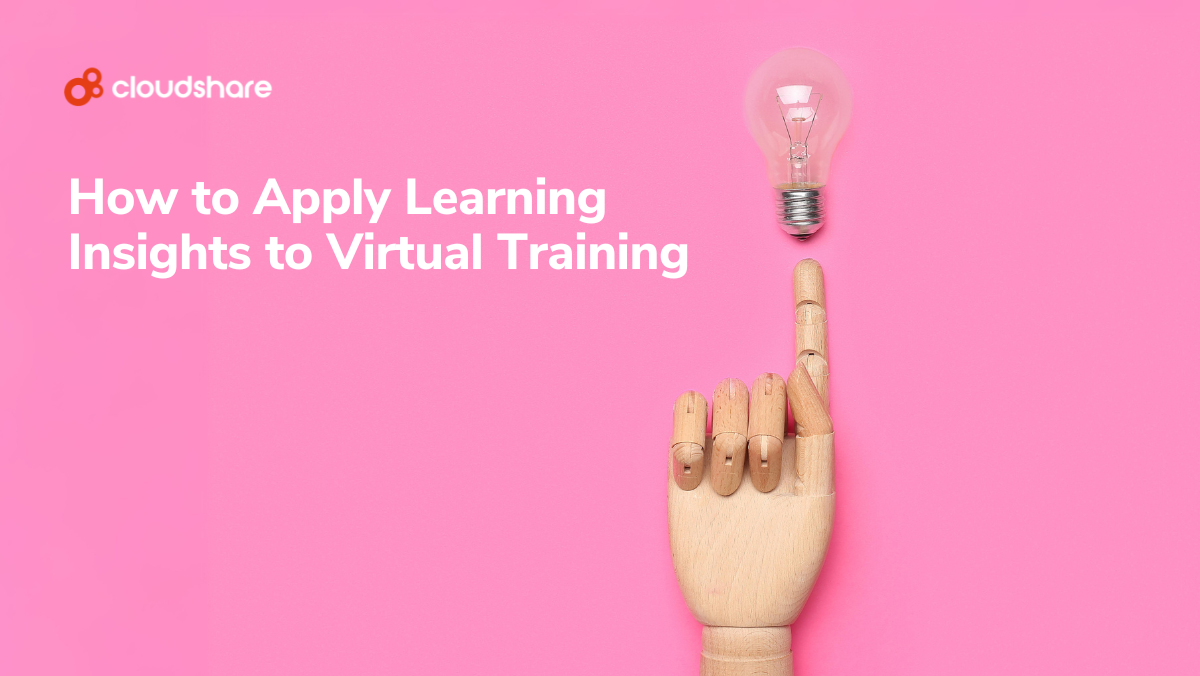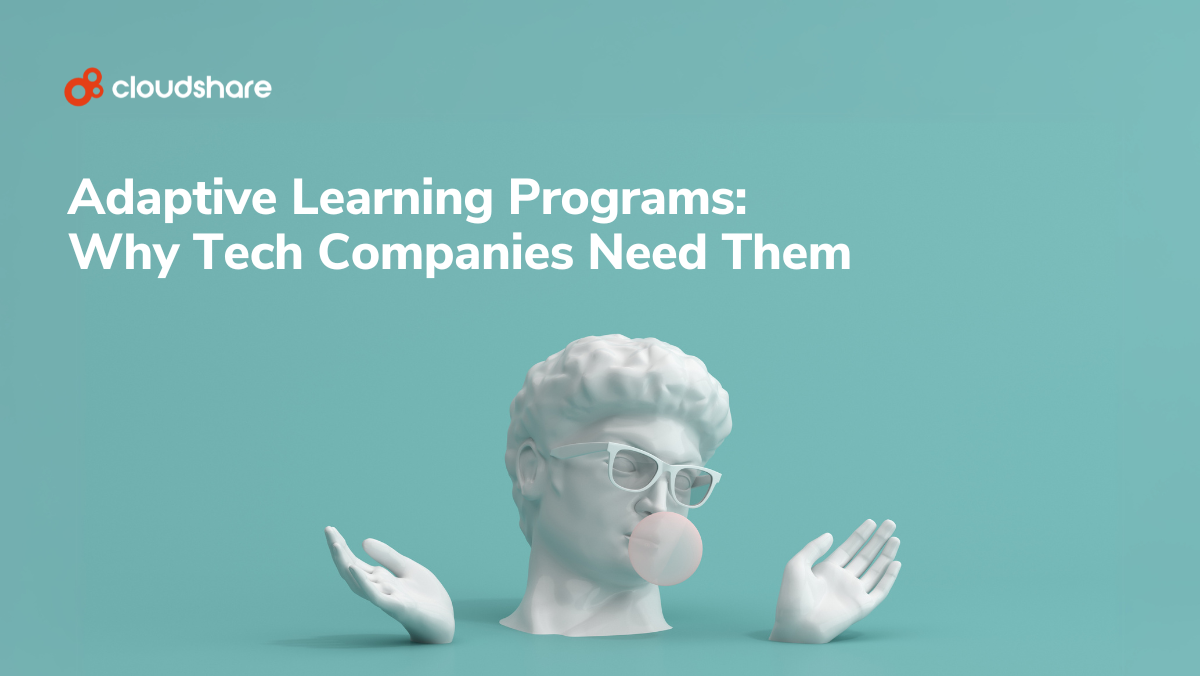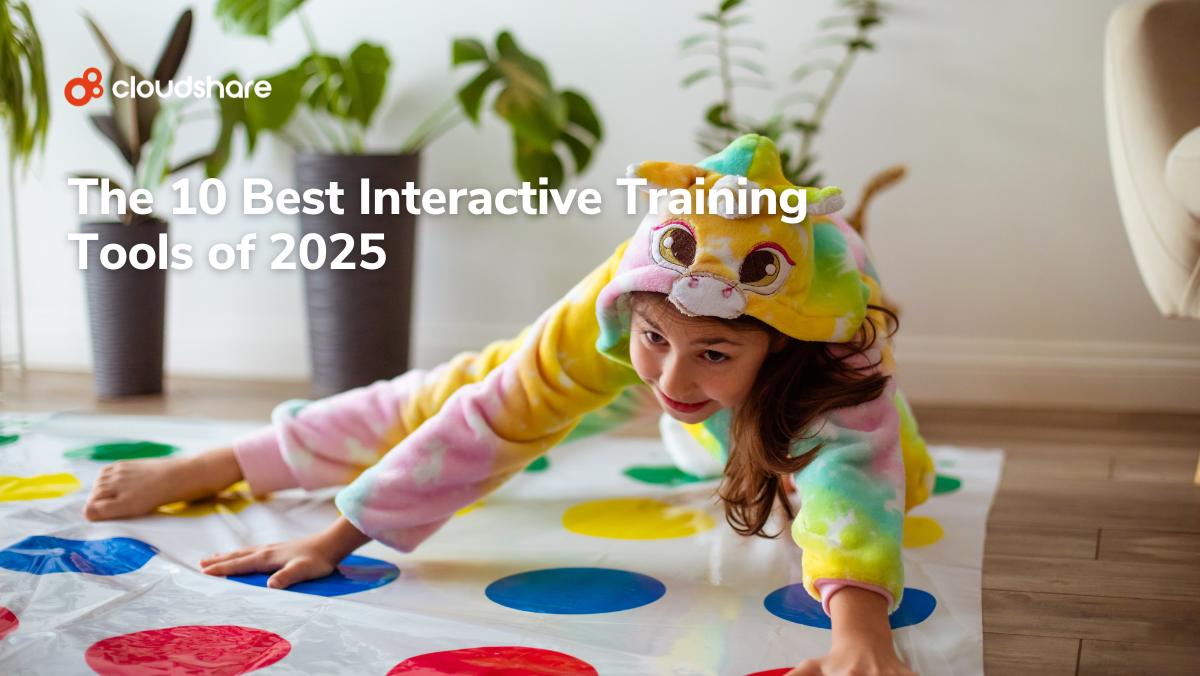
We’ve said on more than one occasion that whether you’re talking about corporate sales training, customer education, employee onboarding, or professional development, all training is data-driven at its core. More data means deeper insights into your learning and development initiatives. Deeper insights result in better training and smarter business decisions.
In theory, anyway. The detail many businesses overlook is that gathering those training insights is only the first step. You also need to understand how to properly apply them.
Let’s go over what that involves.
Learning Insights: An Overview
Learning insights is essentially a catch-all term that refers to any knowledge acquired via training analytics. Said knowledge can relate to virtually anything about your training program, including content, instructor performance, learner success, and even your learning ecosystem. Insights you can potentially glean from training analytics include:
- Overall training quality.
- Metrics to measure progress and completion
- Content or usability bottlenecks in your training program.
- Gaps in your curriculum.
- The cost-effectiveness of your training program.
- Utilization of training resources.
What Makes Learning Insights So Beneficial?
As you’ve probably guessed, the real value of learning insights lies in how you use them. Instructors, for instance, can significantly improve the quality of their training by examining behavioral analytics and collecting learner feedback. Training insights can also help your instructors identify participants who are struggling to understand the material and proactively reach out to prevent those individuals from abandoning the training.
At the business level, insights about instructor performance could be used to identify what works. For instance, you could look at your top-performing instructor and develop best practices based on their most successful tactics. This allows your business to improve the overall virtual training experience, potentially increasing both learner satisfaction and success rates.
Unlocking Value from Your Training Data
The most valuable thing to remember about analytics is that every piece of data tells a story. The successful application of any metric, regardless of whether it’s related to learning and development, begins with understanding how that metric’s story applies to your objective. To put it another way, you need to understand how and why each piece of data connects to your overall training program.
Fortunately, there’s a process you can follow that makes gaining the necessary understanding a great deal easier.
- Define Your Objective. What are you trying to achieve? This will inform which metrics you examine and where you look.
- Analyze Data. Feed your training data into your analytics platform. Ideally, this step will already be taken care of for you.
- Gather Metrics. Collect any metrics that may be relevant to your goal, then establish their context — what does each metric tell you about the other metrics?
- Build Narratives. What stories are these metrics trying to tell? What makes them relevant or impactful?
- Create Reports. Organize the metrics into an easy-to-understand format that focuses on the narratives you created in the previous step.
- Share Insights. Share your completed reports with any relevant stakeholders in your organization. Ask yourself who would be interested in this story and how it would benefit them to hear it.
- Take Action. Working with the stakeholders from step six, start brainstorming how you can optimize your training program and strategies based on your reports.
- Continue Improving. Circle back to step one and continue looking for new ways to interpret and apply training metrics.
For each metric you examine during this process, there are a few key questions you should answer.
What Does This Metric Measure?
Do the insights it offers pertain to training content, training technology, instructors, learners, or the overall training experience? Learner insights, for example, might include attendance, engagement, participation, course completion, and user behavior. Content insights, meanwhile, provide more of a big-picture overview of how the content for a particular course stacks up against your other training materials.
Why Does This Metric Matter?
Does the metric provide clear and actionable insights about your training? Are those insights actually relevant to your current objective? If not, could they still be valuable in a different scenario?
What is the Context of This Metric?
Are there any other metrics you should examine alongside it? Remember that no metric exists in a vacuum. When trying to glean insights from one metric, look at every other metric in the same category to make sure you aren’t missing anything.
What Can This Metric Tell Me About the Future?
Good insights tell you what has happened, enabling you to optimize and rework your strategies and processes accordingly. Great insights help you predict what could happen with models built on historical data.
This isn’t a question you can answer immediately. Rather, it’s part of a long-term strategy you can gradually develop over time.
Learning to Provide Better Training
Training is and always will be data-driven. Understanding which metrics are most important and how those metrics apply to your long-term objectives is the key to a successful training strategy. Bear in mind, however, that this success does not happen overnight.
It’s a gradual, iterative process that requires both time and patience — but the end results are more than worth it.
Interested in exploring learning insights and analytics with a bit more depth? Check out 10 Useful Analytics Tools to Transform Data into Usable Business Insights and How to Measure the Effectiveness of Your Customer Training Strategy. Once you’re done reading those, we suggest reading our article on how artificial intelligence is revolutionizing learning and development.

![[Webinar On-Demand] Create Effective Customer Education Across the Entire Lifecycle](https://no-cache.hubspot.com/cta/default/20688800/interactive-144316796446.png)



